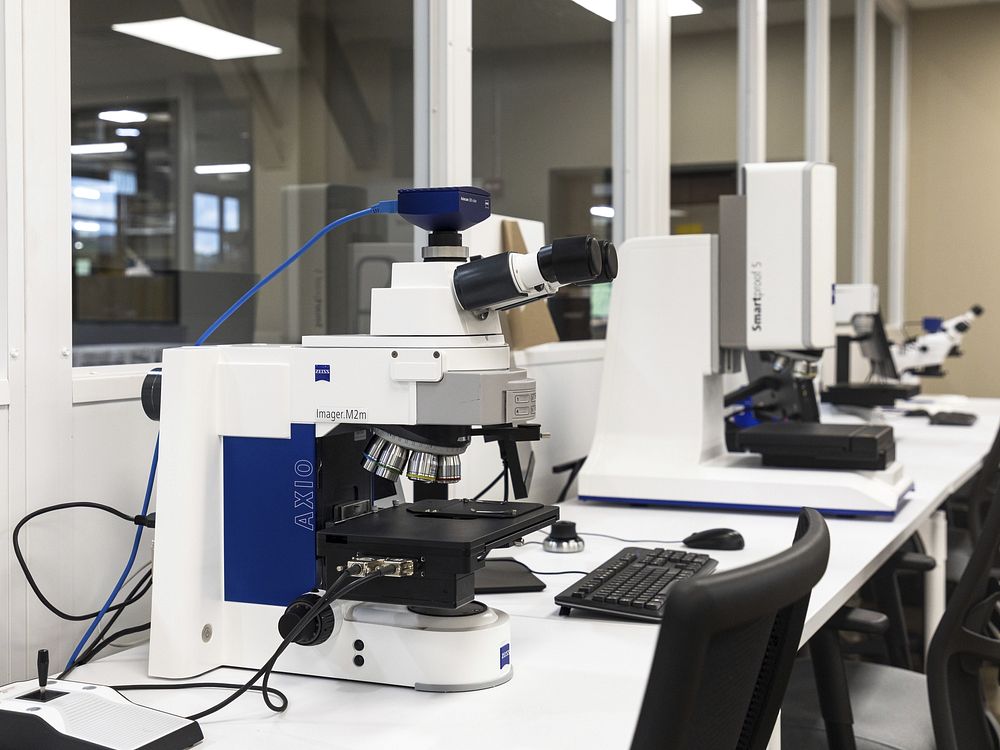Now Reading: Estimation of Gender from the Dimensions of Foot, Footprints and Shoes
-
01
Estimation of Gender from the Dimensions of Foot, Footprints and Shoes
Estimation of Gender from the Dimensions of Foot, Footprints and Shoes
Introduction
In today’s scenario, gender identification is considered to be an important aspect in Forensic Investigation it can be either done through for example DNA Testing, taking a hair sample from the crime scene, and many more methods. But there is one unique method that every forensic expert should focus and it is the primary source of evidence i.e. identification of the foot, footprints & shoes which helps in estimating the identification of the suspect whether the suspect is either male or female. Estimation of Gender via foot, footprints & shoes is the initial step determining person identity and it is the first and important step in a forensic investigation as well as in medicolegal practices as well. In anthropological cases, forensic identification is generally carried out through the examination of the body or the remains from the body. There have been studies related to the dimensions of footprints & shoeprints in context with the gender identity of a suspect, also taking the morphological characteristics of any footprints & shoe prints into consideration is the unique criteria of gender identification. In cases like mass disasters such as aircraft crashes, explosions & warfare, the body particles and extremities are the only remains that can be recovered (Fernando & Vanezis 1998, Robb 1999). On the other side, shoe and shoe prints that are usually found at the scene of a crime also play an important role in the identification of unknown persons. Yet the number of case studies to estimate sex through shoe dimensions is extremely limited (Ozden et al. 2005). The purpose of this investigation is to present a series of selected univariate and multivariate discriminant models derived from analyses of the measurements of a foot, footprints, and footwear in determining sex. This article mainly explores intending to make a comparative account of gender on foot dimensions and footprints with a forensic perspective.
How useful is the Foot, Footprints & Shoeprints in Forensic Identification?
As mentioned previously the role of the footprints, shoe prints, and other things that fall under this category has its unique aspect in forensic identification in terms of estimating the gender of a suspect. Forensic Anthropology is one such profession in the field of Forensics that deals with the mass identification of burials of humans. They identify dead bodies from the human remains including the foot. From feet, it is very much easy to examine the characteristics/traits of the foot of a deceased person. At the scene of the crime footprints can be found at various places it could be either of any one specific individual or it could be of multiple individuals. Talk about the Indian context in terms of sex determination there is a lack in the forensic database. Like fingerprints, footprints, shoe prints are unique and the comparison of these prints is somehow linked to the crime which can be considered as one of the primary evidential values in forensic investigation. There are some important parameters like sex, ethnicity, and stature estimation that are useful in forensic identification.
Methodologies to Identify the Shoe Impression, Shoeprints & Footprints in a Scene of Crime
The basic approach to examine the shoeprints, footprints & shoe prints involves the recording of footprint impressions on the insoles of the shoe from the crime scene through transfer or tracing of the footprint impression into the clear acetate sheets, through photography & digital capture. The footprint’s impression on the insoles of the shoes is compared by employing the footprint analysis technique of overlay and linear measurements assessment technique with a specific stipulation that the effects of the shoe on the foot or vice versa should be taken into the consideration. Forensic Podiatry is one such subdiscipline in the field of Forensics which includes the thorough knowledge of anatomical structures of the foot & the lower limb, the musculoskeletal function, and the entire human body used in the examination of the foot-related evidence. According to Vernon & McCourt (1999), Forensic Podiatry in context with Criminal Investigation can be defined as “the application of sound & researched podiatry knowledge & experience in forensic investigation, to show the association of the individual with a scene of the crime or to answer any other legal question concerned with the foot or footwear that requires knowledge of the functioning foot”.
Generally, the technique of Forensic Podiatry follows the ACE-V approach i.e. widely used in the forensic investigating practice for identifying the footprints in the given scene of a crime. The ACE is the acronym for the analysis, comparison & evaluation of an item of evidence with exemplar or reference material like shoes, barefoot prints, or recording of a suspect gait. Verification is about the independent working through of that same material by a peer forensic specialist to confirm whether or not they reach the same conclusions as to the reporting specialist. As per DiMaggio & Vernon (2017), the existence of the physical evidence is basically to understand at two levels which have been described as demonstrating the class and the identification level characteristics. From my own particular perspective, some of the evidential material value of interest to a forensic podiatrist is also interested in other forensic specialists. Hence, the role of forensic podiatrists in crime investigation provides certain relevant information that might correlate with suspect identification.
Gender Estimation of the Suspect via Shoes, Shoeprints & Footprints
When it comes to identifying the gender of the suspect that whosoever was involved in the crime most of the study intends to determine if the gender estimation of an individual can be identified by the foot lengths, shoe lengths, or footprints. For this particular purpose, the measurement of the foot impression should be taken i.e. the foot length, foot breadth & foot heel breadth. All these three criteria are considered while measuring the footprint. Once this procedure is done with the help formula called the “Foot Index” & “Heel Ball Index” the shape of the foot and its relevant dimensions can be easily determined. According to a study of “Gender Identification Using Foot Dimension” in the Journal of Forensic Research, the studies have shown a significant gender difference between both male & female participants. The foot length, foot breadth, breadth at the heel, and breadth at the ball of the right and left foot were higher among males. However, the angle between the central axis of the foot and the axis of the 4th toe was significantly higher among females. Hence, through the foot dimension, the identification of gender estimation can be achieved easily. Also, the aspect of sexual dimorphism is more apparent from foot measurements and indices, while inter-digital angles may not be so specific for the same purpose. However, further studies on larger samples and different age groups and ethnic groups may prove informative and convincing for more accuracy in gender identification.
Conclusion
Therefore, the dimensions of Foot, Footprints & shoes i.e. foot length, foot breadth, and the index are higher in male individuals as compared with the female individual. Most importantly foot impression is one such physical evidence that every forensic expert or investigation officer should always look at while entering the crime scene. As mentioned earlier, just like fingerprints, foot impressions are also unique and help to reveal the individual identity as well as helps in estimating the gender of an individual. This article has provided some important information for many forensic science researchers, investigators, and legal experts to aid in the sex determination of a person.
References
- Ahmed, A. A. (2013). Estimation of stature using lower limb measurements in Sudanese Arabs. Journal of forensic and legal medicine, 20(5), 483-488.
- Atamturk, D. (2010). Estimation of sex from the dimensions of foot, footprints, and shoe. Anthropologischer Anzeiger, 21-29.
- https://www.ijmhr.org/ijar.5.4/IJAR.2017.450.pdf
- Vernon, D. W., & DiMaggio, J. A. (2017). Forensic podiatry: principles and methods. CRC Press.
- Vernon, D. W., & McCourt, F. J. (1999). Forensic podiatry–a review and definition. Br J Podiatr, 2, 45-8.









